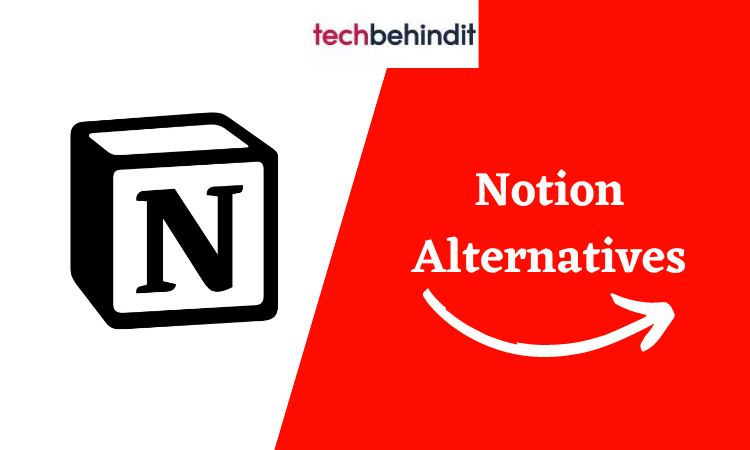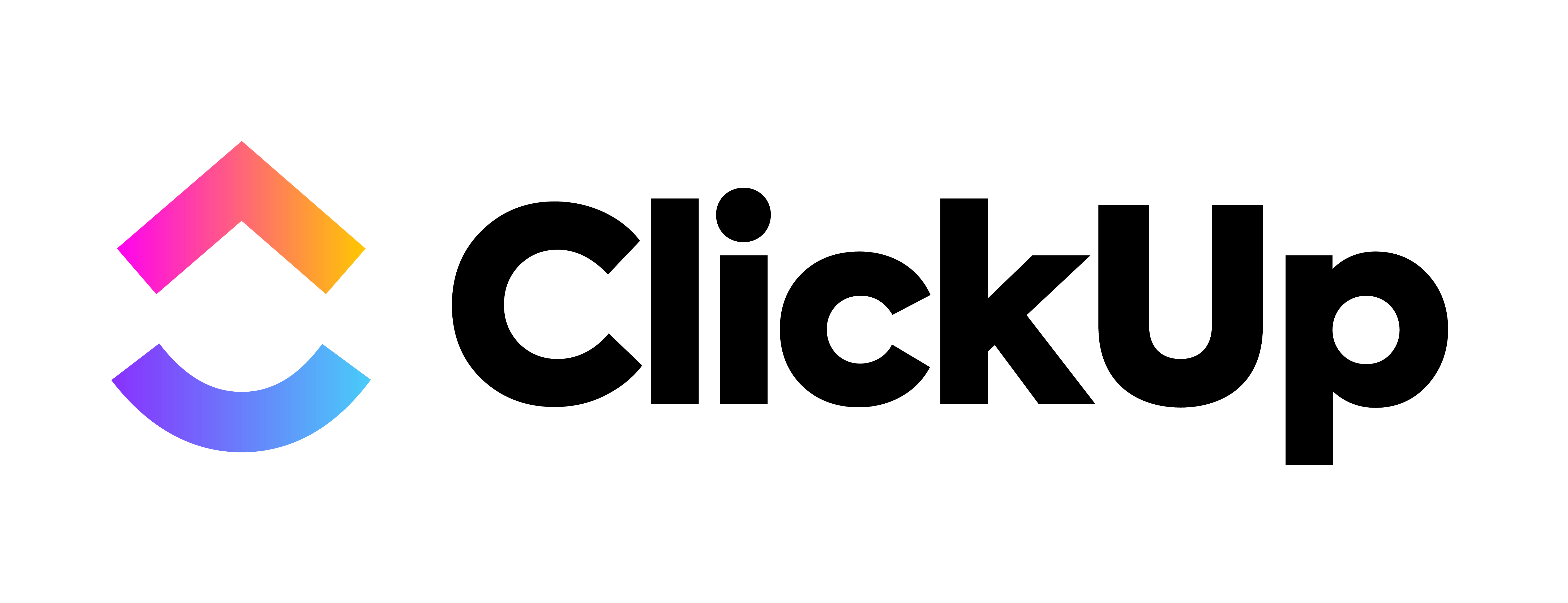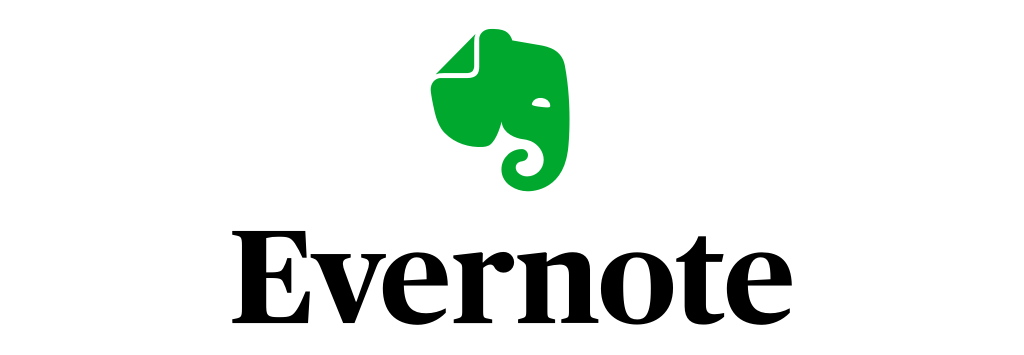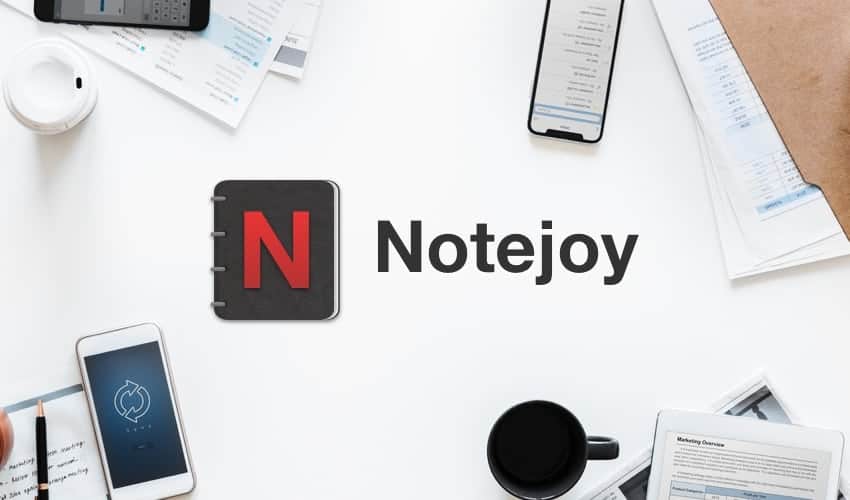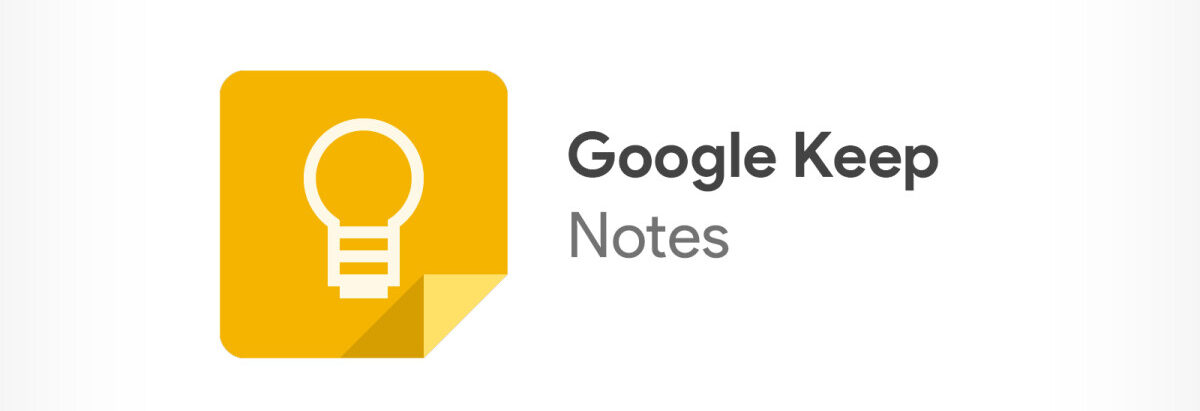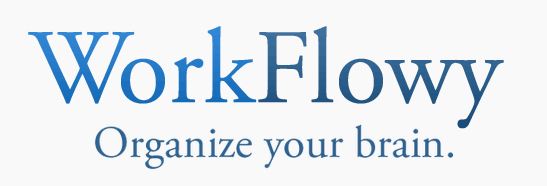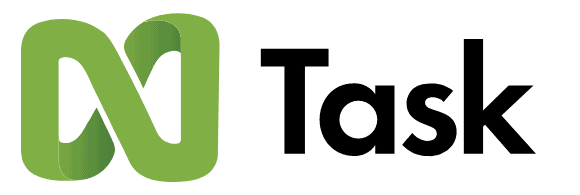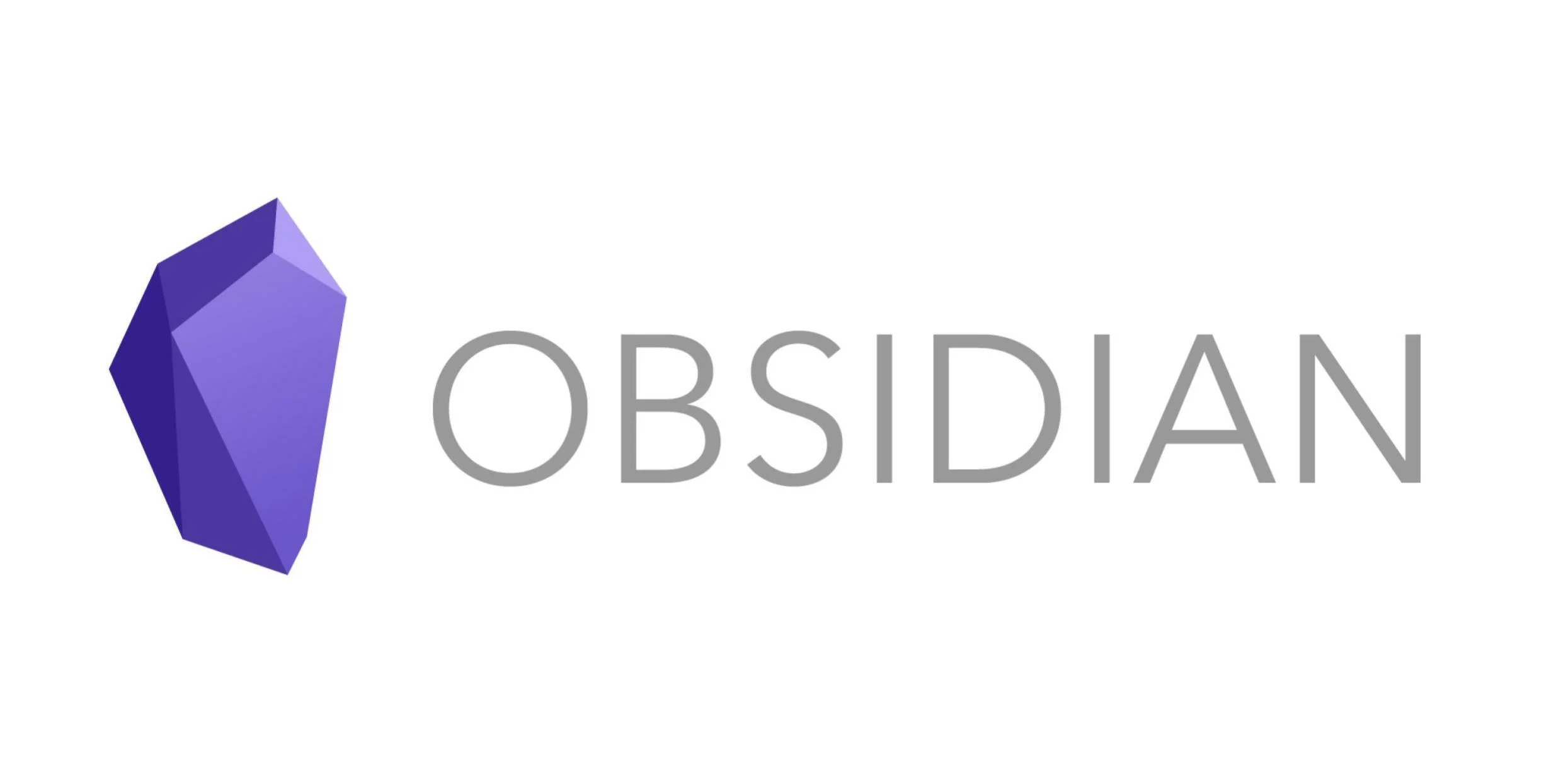Notion Alternatives | Similar Sites like Notion
The notion is a productivity and organization tool that allows users to create and manage notes, tasks, wikis, and databases in a single workspace. Users can also collaborate with others on shared projects and pages. It is available for web, desktop, and mobile devices.
It offers a variety of features to help users stay organized and on top of their work.
- Notes: Notion allows users to create notes using a variety of formatting options, including headings, bullet points, tables, and more. Users can also embed images and videos and add links to other pages within Notion.
- Tasks: Notion includes a task manager that allows users to create to-do lists and set due dates. Users can also create recurring tasks and assign tasks to other users.
- Projects: Notion allows users to create projects and organize tasks and notes related to the project. Users can also add project members and assign tasks to them.
- Databases: Notion includes a database feature that allows users to create and organize information in a flexible and customizable way. Users can create custom fields and set up different views to display the data.
- Calendar: Notion includes a calendar view that allows users to view their tasks and events in a calendar format. Users can also create calendar events and set reminders.
- Integrations: Notion integrates with a variety of other apps and services, including Google Drive, Trello, Slack, and more.
- Mobile App: Notion offers a mobile app for iOS and Android, which allows users to access and edit their notes, tasks, and projects from their mobile devices.
- Collaboration: Notion allows users to share their notes, tasks, and projects with other users and collaborate on them in real-time. Users can also leave comments and receive notifications when changes are made.
Overall, Notion is a comprehensive productivity and organization tool that offers a wide range of features to help users stay organized and on top of their work.
Top 10 Notion Alternatives
Hive
Hive is an open-source data warehousing and SQL-like query language for Hadoop. It allows users to analyze large datasets stored in the Hadoop Distributed File System (HDFS) using a SQL-like language called HiveQL.
Features of Hive:
- SQL-like query language: HiveQL is a query language that is similar to SQL, making it easy for users with SQL experience to use Hive.
- Data warehousing: Hive is designed for data warehousing, allowing users to store and organize large amounts of data in a structured manner.
- Data partitioning and bucketing: Hive allows users to partition and bucket data based on specific columns, making it easier to query and manage large datasets.
- User-defined functions: Hive supports user-defined functions (UDFs), which allow users to create custom functions to perform specific tasks on the data.
- HiveServer2: HiveServer2 is a service that allows users to interact with Hive using a JDBC or ODBC driver, making it easy to connect to Hive from other applications.
- Hive metastore: Hive metastore is a central repository for metadata about Hive tables, columns, and partitions.
- Hive on Tez: Hive on Tez is an execution engine that allows Hive to run faster by using the Tez engine instead of MapReduce.
- Hive LLAP (Live Long and Process): Hive LLAP is a feature that allows Hive to run queries faster by caching data in memory and using a low-latency, in-memory cache.
- ACID transactions: Hive supports ACID transactions, which allow users to perform multiple operations on a table and ensure that the data remains consistent and accurate.
- Security: Hive supports various security features such as Kerberos, Sentry, and Ranger to ensure that data is secure and only accessible to authorized users.
ClickUp
ClickUp is a project management and productivity tool designed for individuals and teams to manage tasks, projects, and workflow. It offers a variety of features to help users stay organized and on top of their work, including:
- Task Management: Users can create and manage tasks, assign them to team members, and set deadlines and reminders.
- Project Management: ClickUp allows users to create and manage projects, including breaking them down into tasks, sub-tasks, and subtasks.
- Time Tracking: Users can track time spent on tasks and projects and generate reports for billing and invoicing.
- Goals and Objectives: Users can create and track personal and team goals, and measure progress against them.
- Collaboration: ClickUp allows users to collaborate on tasks and projects with team members, share files, and communicate through built-in chat and comments.
- Customizable Views: Users can customize their task views to fit their workflow, including a list, calendar, Gantt chart, and more.
- Integrations: ClickUp integrates with a variety of other tools, such as Google Calendar, Trello, Slack, and more.
- Mobile App: Users can access ClickUp from their mobile device, allowing them to stay productive while on the go.
- Reporting and Analytics: Users can generate reports and analytics on task and project progress, time tracking, and more.
- Security: ClickUp offers a variety of security features, including two-factor authentication and encryption, to keep user data safe.
Evernote
Evernote is a digital note-taking and organizational tool that allows users to create and save notes, documents, images, webpages, and more in a central location. It is available as a web-based service and as mobile and desktop apps.
Features of Evernote include:
- Note-taking: Evernote allows users to create notes in various formats, including text, audio, video, and images. Notes can be organized into notebooks and tagged for easy searching.
- Web clipping: Users can easily save webpages and articles to Evernote by using the web clipper tool. This allows users to save content for later reading or reference.
- Collaboration: Evernote allows users to share notes and notebooks with others, making it an excellent tool for group projects and team collaborations.
- Search: Evernote has a robust search function that allows users to find notes and information quickly. Users can search for specific text or use keywords and tags to narrow down their search results.
- Formatting: Evernote allows users to format notes with text styles, bullet points, and numbered lists. Users can also add tables, images, and links to notes.
- Synchronization: Evernote automatically syncs notes across all devices so that users can access their notes from any device.
- Reminders: Users can set reminders on notes, which will appear as notifications on their devices.
- Integrations: Evernote integrates with other apps and services, such as Google Drive, Slack, and Trello.
- Offline access: Users can access their notes offline, even without an internet connection.
- Security: Evernote has robust security features, including two-factor authentication, password-protected notes, and end-to-end encryption.
Notejoy
Notejoy is a collaborative note-taking and document management software designed for teams and businesses. It allows users to create, edit, and share notes and documents in real-time, making it an ideal tool for remote teams, knowledge management, and project management.
Some of the critical features of Notejoy include:
- Real-time collaboration: Users can work on notes and documents simultaneously, with changes appearing in real-time for all team members.
- Document management: Users can organize notes and documents into folders and subfolders, making it easy to find and access important information.
- Search and tagging: Notes and documents can be tagged and searched for quickly and easily, making it easy to find the information you need.
- Integration with other tools: Notejoy can be integrated with other tools such as Google Drive, Slack, and Trello, making it easy to share information and collaborate with other team members.
- Commenting and feedback: Users can add comments and feedback to notes and documents, making it easy to discuss and review content.
- Access control: Users can set access levels for notes and documents, making it easy to control who can view or edit specific content.
- Mobile and offline access: Notes and documents can be accessed from any device, and users can also access and edit content offline.
- Security: Notejoy uses state-of-the-art encryption and security measures to ensure that all data is kept safe and secure.
Google Keep
Google Keep is a note-taking and task-management app developed by Google. It allows users to create and organize notes, lists, and tasks in a simple and user-friendly interface. Some of its key features include:
- Note-taking: Users can create notes with text, images, and voice recordings. They can also add labels and colours to organize their notes and make them easy to find.
- List-making: Users can create to-do lists and check off items as they complete them. They can also create shopping lists and share them with others.
- Reminders: Users can set reminders for notes and tasks, which will appear as notifications on their devices. They can also set location-based reminders, which will remind them of a task when they arrive at a specific location.
- Handwriting recognition: Users can write notes by hand using the app’s handwriting recognition feature, which will convert their writing into text.
- Voice commands: Users can create notes and set reminders using voice commands, making it easy to add notes and tasks on the go.
- Integration with other apps: Google Keep integrates with other Google apps such as Google Calendar and Google Docs, making it easy to add notes and tasks to these apps.
- Collaboration: Users can share notes and lists with others and collaborate on them in real-time.
- Offline access: Users can access their notes and tasks even when they don’t have an internet connection.
- Search: Users can search for notes and tasks using keywords, making it easy to find the information they need.
- Backup and sync: Users’ notes and tasks are automatically backed up and synced across all their devices, ensuring that they always have access to their information.
Workflowy
Workflowy is a web-based organizational tool that allows users to create and manage lists and notes in a hierarchical format. It is designed to help users keep track of their tasks, ideas, and projects in a clear and organized way.
Features of Workflowy include:
- Hierarchical Format: Users can create lists within lists, allowing them to organize their tasks and ideas in a hierarchical format. This makes it easy to see the big picture and drill down into specific details.
- Note-Taking: Users can take notes within Workflowy, making it a versatile tool for organizing all types of information.
- Search: Workflowy has a powerful search feature that allows users to find specific notes or tasks quickly.
- Collaboration: Users can share their lists and notes with others, allowing them to work together on projects and tasks.
- Offline Access: Users can access their notes and lists offline, making it a valuable tool for when they don’t have internet access.
- Customizable Keyboard Shortcuts: Workflowy allows users to customize keyboard shortcuts to make it easier to navigate and use the tool.
- Multi-Device Support: Workflowy can be accessed on any device, including computers, tablets, and smartphones.
- Integrations: Workflowy can be integrated with other apps and tools, such as Google Calendar and Trello, to make it even more powerful and versatile.
- Data Export: Users can export their lists and notes in a variety of formats, including plain text, HTML, and PDF.
- Premium Plan: Workflowy offers a premium plan that includes additional features such as password protection, advanced export options, and more.
Slite
Slite is a collaborative note-taking and document management platform designed for teams. It allows users to create, organize, and share notes and documents in a central location, making it easy for teams to access and collaborate on important information.
Some of the critical features of Slite include:
- Note organization: Users can create notes and organize them into notebooks, which can be shared with specific team members or made public. Notes can also be tagged and searched, making it easy to find particular information.
- Collaboration: Users can collaborate on notes in real-time, with the ability to see who is editing and making changes. Users can also add comments to notes and receive notifications when changes are made.
- Document management: The site allows users to upload and share documents, such as PDFs, Word documents, and Excel files. Documents can be organized into folders and shared with specific team members.
- Integrations: Slite integrates with a variety of other tools, such as Google Drive, Trello, and Slack, making it easy to access and share information between different platforms.
- Mobile app: Slite has a mobile app that allows users to access and edit notes on the go, making it easy to stay productive while away from a computer.
- Security: Slite has a number of security features, including encryption, password protection, and the ability to control access to notes and documents.
Overall, Slite is a powerful tool for teams looking to collaborate and share information in a central location. Its combination of note-taking, document management, and collaboration features make it an excellent choice for teams of all sizes.
nTask
nTask is a project management and task management software designed to help teams and individuals organize and manage their work effectively. It offers a range of features that allow users to plan, assign, track, and collaborate on tasks and projects.
Some of the key features of nTask include:
- Task Management: Users can create, assign, and track tasks, set reminders, and add comments and attachments to tasks.
- Project Management: Users can create and manage projects, assign tasks to team members, set deadlines, and track progress.
- Time Tracking: Users can track the time spent on tasks and projects and generate reports on time spent and billable hours.
- Collaboration: Users can collaborate with team members on tasks and projects, share files, and communicate through comments and messaging.
- Prioritization: Users can prioritize tasks and projects based on importance and set deadlines to ensure they stay on track.
- Gantt Chart: Users can view and manage tasks and projects in a Gantt chart, which shows the start and end dates, duration, and progress of each task.
- Integrations: nTask integrates with a variety of tools, such as Google Drive, Dropbox, and Slack, allowing users to share files and communicate with team members easily.
- Reports and Analytics: Users can generate reports on project progress, time spent, and billable hours, allowing them to make data-driven decisions.
- Mobile App: nTask also provides a mobile app for iOS and Android, allowing users to stay on top of their tasks and projects while on the go.
- Security: nTask provides robust security features to keep user data safe and secure, including two-factor authentication, encryption, and compliance with industry-standard security protocols.
Obsidian
Obsidian is a privacy-focused, open-source platform for building decentralized applications (dApps) on the Ethereum blockchain. It is designed to provide developers with the tools they need to create secure, private, and decentralized applications that can run on the Ethereum network. Some of the features of the Obsidian platform include support for smart contracts, a private messaging system, and the ability to create and manage digital assets.
Some of its key features include:
- Privacy: Obsidian utilizes a unique “dual-chain” architecture that allows for both public and private transactions to occur on the same platform. This allows for increased privacy and security for users.
- Scalability: Obsidian uses a “sharding” system that allows for the network to handle a high number of transactions and applications, making it more scalable than traditional blockchain platforms.
- Smart Contracts: Obsidian allows for the creation and execution of smart contracts, which are self-executing contracts with the terms of the agreement written into code. This allows for automated, trustless transactions.
- Multi-language Support: Obsidian supports multiple programming languages, including C++, C#, and Python, making it accessible to a wide range of developers.
- Decentralized App (dApp) Support: Obsidian allows for the creation and deployment of decentralized applications (dApps) on its platform, which can be used for a wide range of purposes, such as decentralized marketplaces, gaming platforms, and more.
- Interoperability: Obsidian has built-in support for cross-chain communication and can interact with other blockchain platforms. This allows for increased interoperability and access to a broader range of applications and services.
Basecamp
Basecamp is a project management and team collaboration tool that helps teams organize and track their work, communicate with one another, and stay on top of deadlines and milestones. Some of its key features include:
- To-do Lists: Allows team members to create and assign tasks, set deadlines, and track progress.
- Scheduling: Allows team members to create and manage project timelines and deadlines and set reminders to ensure that everyone stays on track.
- Messaging: Includes a built-in messaging system that allows team members to communicate with one another in real-time, as well as the ability to send and receive files and documents.
- Document Management: Allows team members to upload, store, and share documents, images, and other files related to the project.
- Time tracking: Allows team members to log the time they spend on different tasks and projects and provides detailed reports on how time is being used.
- Reporting: Includes a variety of reports that can be generated to track project progress and identify areas where additional attention is needed.
- Integrations: Basecamp can be integrated with other tools, including Google Calendar, Trello, and Slack.
- Mobile Access: The tool can be accessed on mobile devices, which makes it easy for team members to stay connected and productive on the go.
- Security: Basecamp offers a variety of security features, including two-factor authentication and encryption, to keep data safe and secure.
- Customizable: Users can customize Basecamp to suit their specific needs, including setting up custom workflows, creating custom fields, and creating custom reports.

